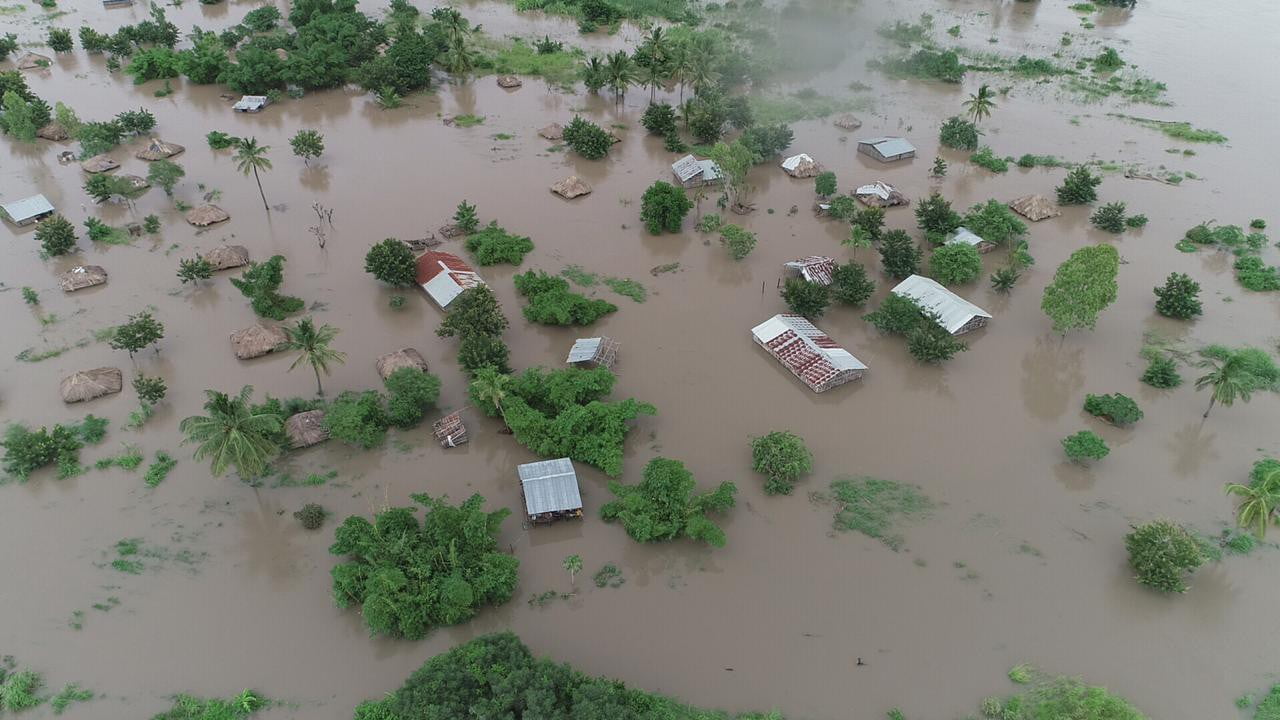International and local aid workers are racing to stop a cholera outbreak in Mozambique, which so far has sickened at least 1,000 people in the wake of Cyclone Idai.
Cholera is a deadly waterborne disease that can spread easily in disaster situations. The lack of proper sanitation and clean water, combined with crowded conditions at shelters and camps for displaced persons, is a perfect breeding ground for cholera to spread and kill.
This was a predictable contingency for which international and local relief workers have planned. In the immediate aftermath of Cyclone Idai, the World Health Organization began to set up cholera treatment units. Now international teams are in the process of training local health workers to use and deploy a cholera vaccine.
9 cholera treatment centres are now open with 500 bed capacity, MSF and IFRC are supporting the Ministry of Health to run these centres. 124 people are receiving treatment #cycloneIdai, pic.twitter.com/fLZofqF96G
— OMSMocambique (@OMSMocambique) March 31, 2019
From the UN Office for the Coordination of Humanitarian Affairs.
The cholera taskforce is holding daily meetings in Beira to inform operational response. The Oral Cholera Vaccination campaign is scheduled to begin on 3 April and to last six days. Training for personnel giving the vaccinations is underway. Meanwhile, community sensitization is on-going on radio and through printed communication materials to convey messages related to communicable disease control and when to seek health-care. The Community Engagement Group has amplified messages to address and discount rumours that the cholera vaccination will give people cholera.
Meanwhile, the displacement crisis continues. According to the latest facts and figures from the United Nations, More than 146,000 displaced people were sheltering in internal displacement camps.

Funding for emergency relief could be a problem.
When a disaster like this strikes, the international humanitarian response system snaps into action. But to mount an effective response, agencies need proper funding. This is what often slows down and hinders relief efforts. United Nations agencies like the World Food Program, the UN Refugee Agency and UNICEF operation as charities. That is, they must raise money from donors in order to fund their operations. (This is opposed to the UN proper, which is funded through regular dues payments from its member states). As a result as soon as disaster strikes, fundraising efforts need to snap into place as well.
So, for example, the World Food Program says it needs $140 million to provide food for vulnerable populations in the region for the next three months. UNICEF is asking for $122 million to provide services for 1.5 million across the countries affected by the cyclone.
Other UN-agencies and non-UN relief organizations like MSF, Save the Children and Oxfam are also launching their own appeals to fund their own distinct relief operations — which are done in coordination with each other and with the UN to avoid duplications and streamline efforts.
The extent to which these agencies can raise funds is the extent to which they can mount effective responses to this massive humanitarian crisis. In a natural disaster like this, funding tends to be the main limiting factor in maximizing the reach of humanitarian services and saving as many lives as possible.
